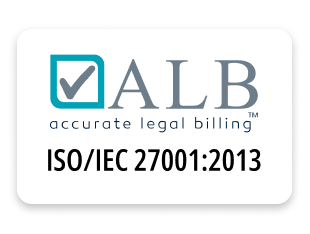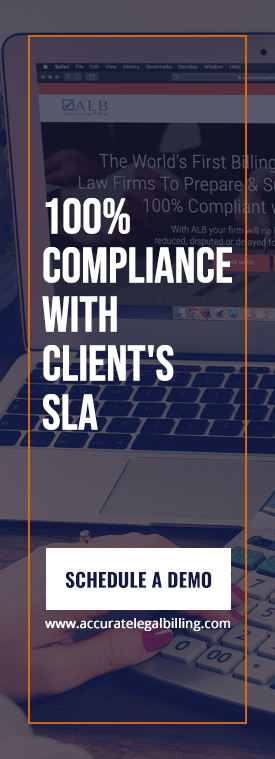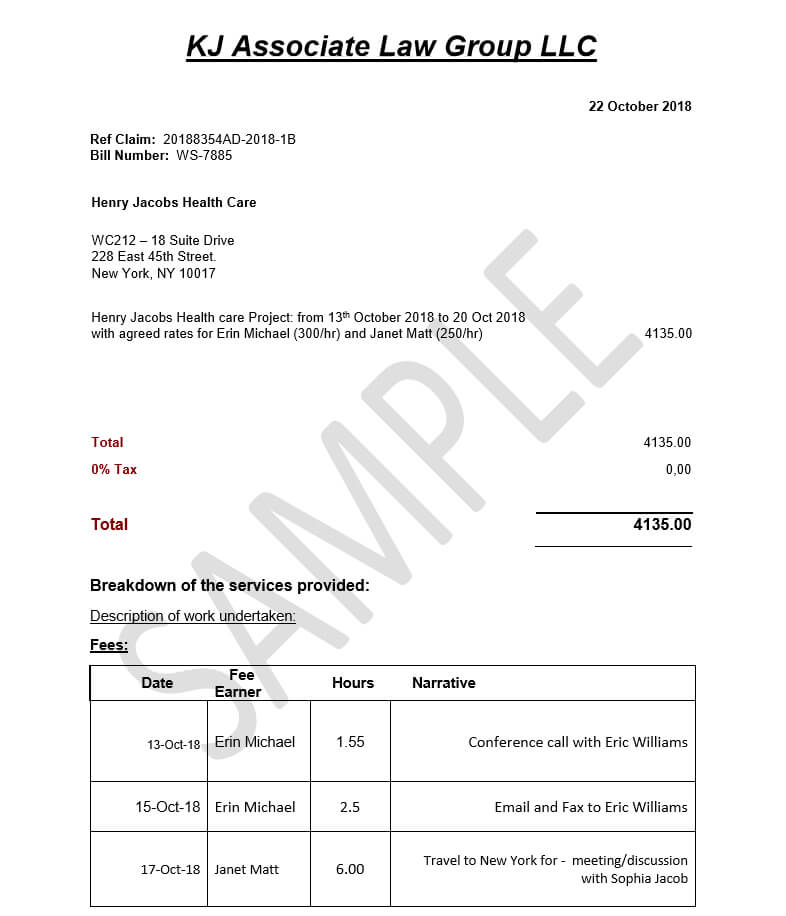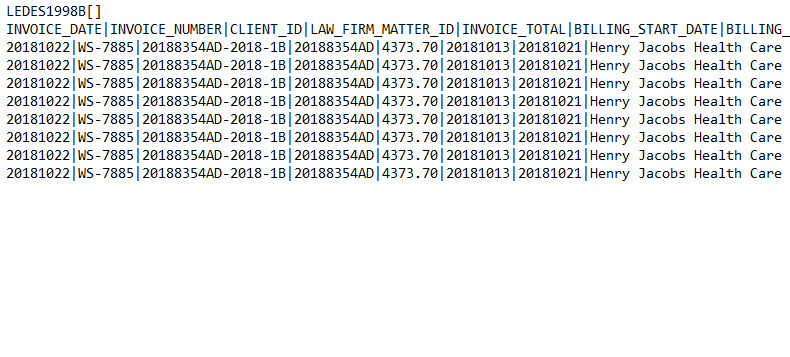
LEDES vs Non-LEDES Invoices: Key Differences Every Legal Team Must Know
Legal billing invoice formats can vary widely, but two of the most common types are LEDES and non-LEDES invoices. Choosing the right format is crucial for law firms and corporate legal departments to ensure billing accuracy, compliance, and timely payments.
Understanding the key differences between LEDES and non-LEDES invoices helps legal teams streamline billing workflows, optimize invoice processing, and maintain compliance with Outside Counsel Guidelines (OCGs).
Here we explain the main differences between LEDES and non-LEDES invoices, why they are important, and how your firm can leverage the right invoice format to enhance billing efficiency.
What Are LEDES Invoices?
LEDES (Legal Electronic Data Exchange Standard) is a widely adopted electronic billing standard designed specifically for the legal industry. It facilitates the standardized exchange of legal invoice data between law firms and corporate clients, enabling automated invoice processing, audit, and payment workflows.
Key features of LEDES invoices include:
• A structured, machine-readable file format (commonly .txt or .csv) that supports detailed line-item billing
• Use of standardized data elements, including timekeeper identification, task codes, activity descriptions, and expense categories
• Compatibility with legal matter management and e-billing platforms for seamless integration
• Support for automated validation rules that enforce client billing policies and OCG compliance
Due to these benefits, most corporate legal departments now mandate LEDES-compliant invoices to minimize manual intervention and improve data accuracy.
What Are Non-LEDES Invoices?
Non-LEDES invoices refer to legal billing documents that do not conform to the LEDES standard. These are often delivered as unstructured or semi-structured documents such as PDFs, Microsoft Word files, Excel spreadsheets, or proprietary firm-specific billing formats.
Characteristics of non-LEDES invoices include:
• Lack of standardized data fields, requiring manual review and data extraction by clients
• Limited compatibility with automated e-billing systems, resulting in slower processing times
• Increased risk of data entry errors and inconsistencies in timekeeper or task code usage
• Higher potential for billing disputes and payment delays due to non-compliance with client requirements
While non-LEDES invoices remain common for some clients, particularly smaller or less tech-enabled organizations, their use is declining as digital transformation accelerates in legal operations.
Key Differences Between LEDES and Non-LEDES Invoices
Below is a quick table showing the key differences between LEDES and Non-LEDES invoices:
|
Aspect |
LEDES Invoices |
Non-LEDES Invoices |
| Format | Structured electronic format (.txt, .csv) | Unstructured/semi-structured documents (PDF, Word, Excel) |
| Automation | High integration with e-billing platforms and matter management systems | Manual processing, low automation |
| Data Granularity | Detailed line-item data including task codes, timekeeper IDs, and expense categories | Often summary-level or inconsistent detail |
| Validation & Compliance | Automated validation rules to enforce OCGs and client-specific billing policies | Manual review prone to human error |
| Processing Efficiency | Faster invoice approval and payment cycles due to reduced manual intervention | Slower processing, increased likelihood of disputes |
| Client Mandates | Required or preferred by most large corporate legal departments | Occasionally accepted by smaller or less automated clients |
The choice between LEDES and non-LEDES invoice formats directly impacts your firm’s billing accuracy, compliance, and cash flow management.
• Data Standardization: LEDES enforces uniformity in billing data, reducing discrepancies and enabling clients to conduct automated audits. This can decrease billing disputes by up to 25%.
• Workflow Automation: Integration with e-billing software streamlines invoice submission, validation, and approval workflows, improving payment speed by as much as 30%.
• Compliance Enforcement: Automated validation of timekeeper rates, task codes, and expense categories against OCGs helps prevent billing reductions and invoice rejections.
• Improved Analytics: Structured LEDES data allows legal teams to leverage analytics tools for matter profitability analysis and billing trend identification.
How to Choose Between LEDES and Non-LEDES Invoices?
Selecting the appropriate invoice format starts with a clear understanding of client requirements and your firm’s billing capabilities to ensure accuracy and compliance.
1. Review Client Billing Requirements: Always verify if your client requires LEDES-compliant billing submissions. Larger corporations and government entities typically mandate LEDES invoices.
2. Implement Legal Billing Technology: Utilise legal billing and e-billing platforms that support LEDES formats, automate compliance checks, and integrate with your firm’s matter management system.
3. Establish Internal Controls: Train billing professionals and attorneys on proper timekeeping, task coding, and invoice preparation aligned with LEDES standards and client OCGs.
4. Consider Hybrid Billing Strategies: While transitioning fully to LEDES is optimal, some firms maintain hybrid processes to accommodate clients with varying invoicing requirements, but standardization reduces administrative overhead.
You can also get the complete guide to UTBMS Codes and LEDES Formats here.
Final Thoughts
Understanding the difference between LEDES and non-LEDES invoices is essential for modern legal billing operations. LEDES invoices provide a standardized, automated, and compliant billing format that reduces errors, accelerates payment cycles, and meets corporate client demands. In contrast, non-LEDES invoices carry increased risk of manual errors, delays, and compliance challenges.
Firms that adopt LEDES billing standards and integrate with e-billing automation tools report improved invoice accuracy, fewer billing disputes, and faster revenue realization.
If you want to learn more about optimizing your firm’s billing processes, implementing LEDES invoicing, or using legal billing software, contact us today. We can help your firm improve billing efficiency and enhance client satisfaction.

.png)



